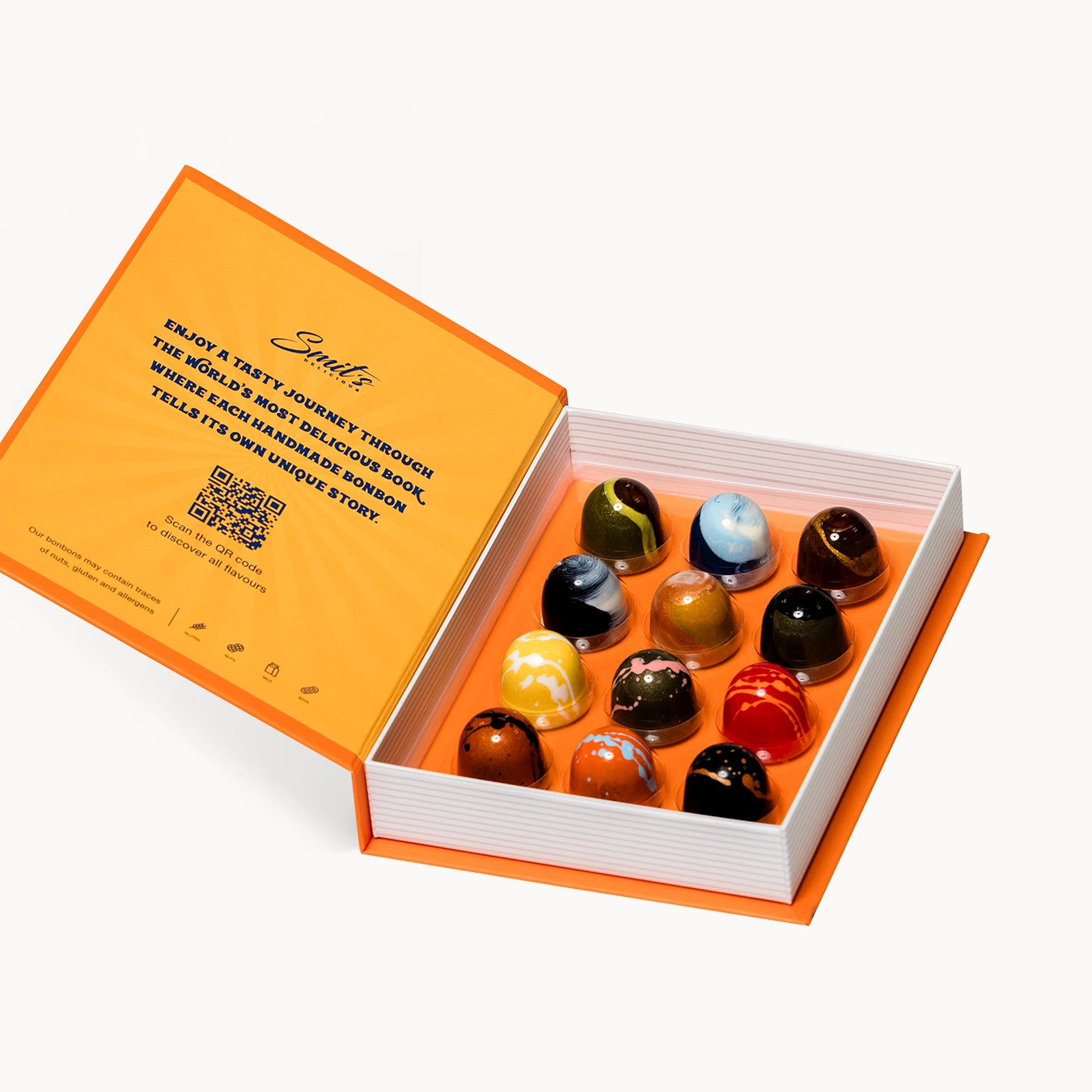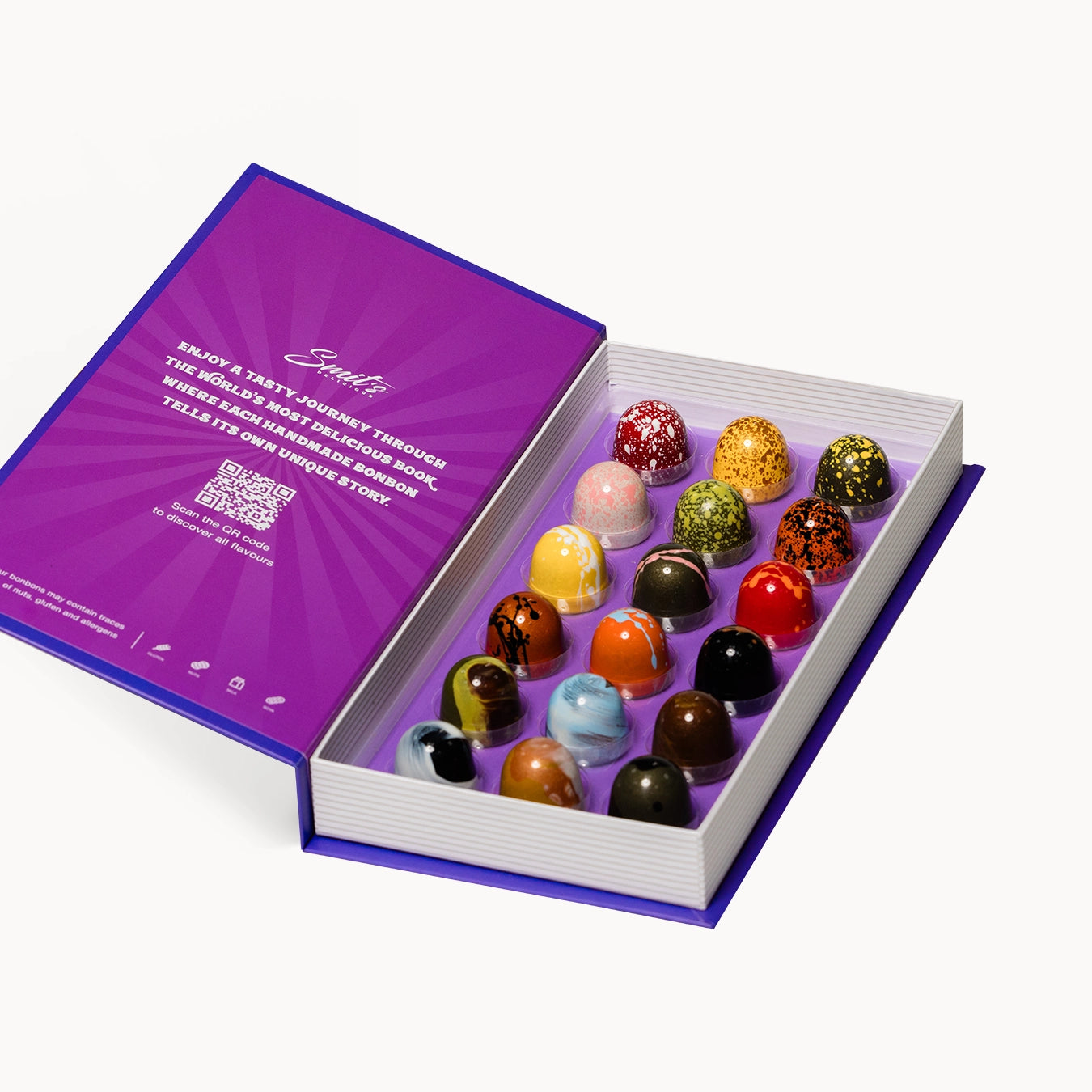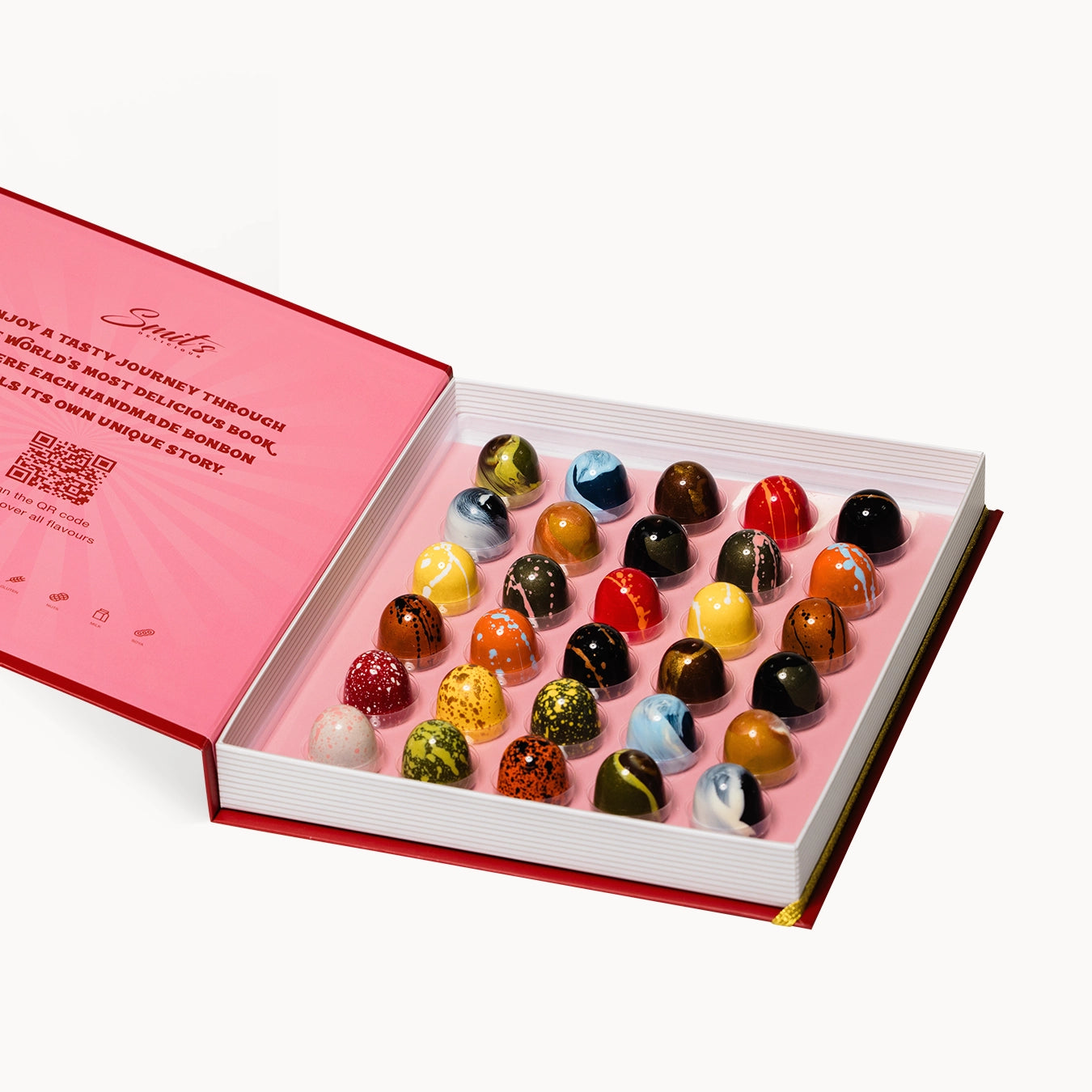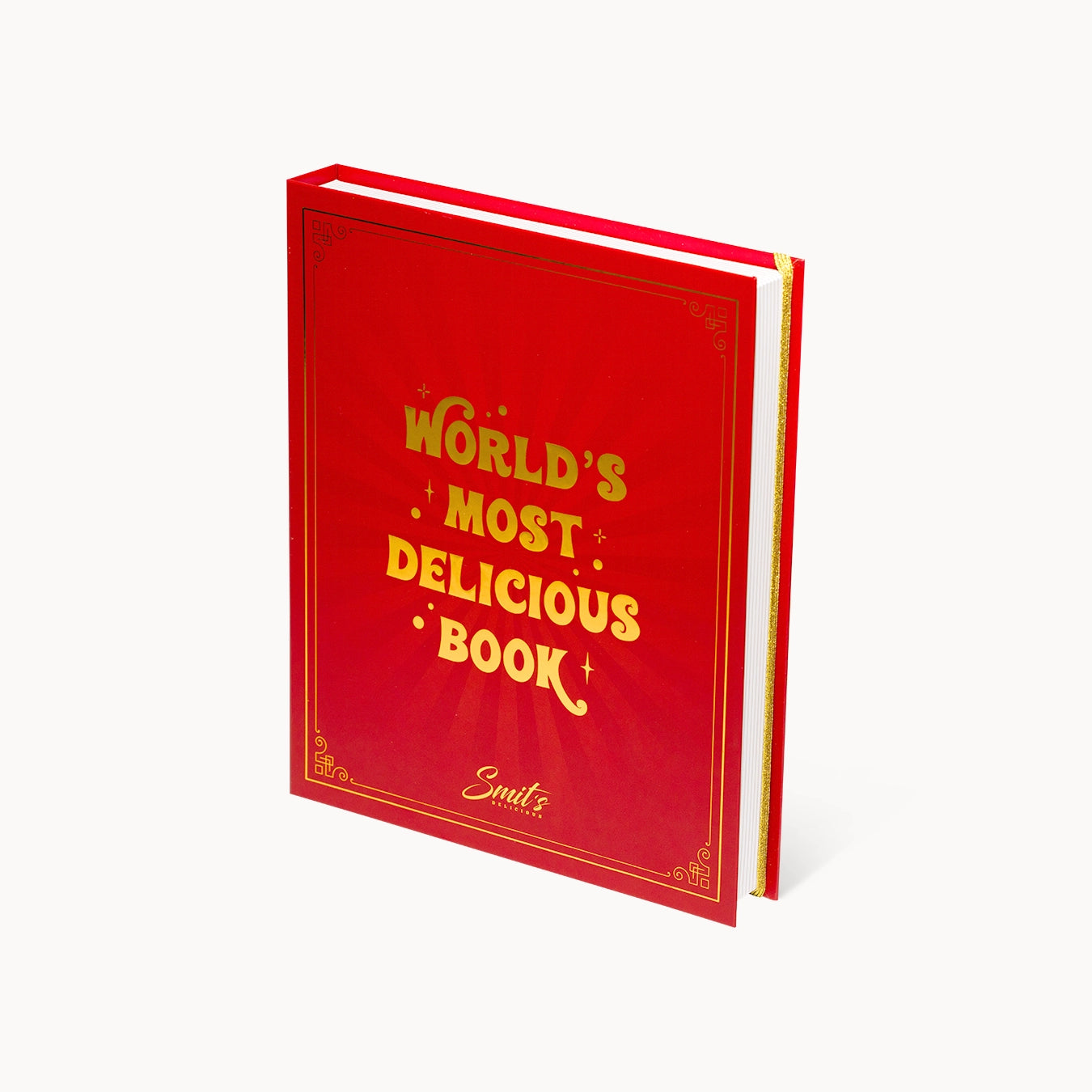Shelf life of chocolates and other chocolate products
Chocolates are a true treat, a perfect slice of luxury and craftsmanship in every bite. Whether you've bought a box for yourself or as a gift, you want them to stay fresh for as long as possible and fully enjoy their delicious taste and texture. But how long can you keep chocolates before they lose their quality? In this blog post, we'll discuss the shelf life of chocolates and offer practical tips to ensure you enjoy them for as long as possible.
How long do chocolates last?
Chocolates are delicate products often filled with creamy fillings, fruity flavors, or other fresh ingredients. To fully enjoy their flavor, we recommend consuming them within 2 to 3 weeks of purchase . This is the ideal time for the chocolates to retain their freshness. The longer you wait, the greater the chance they will lose their original texture and flavor.
Chocolates may technically have a longer shelf life, but over time, their quality often deteriorates. The flavor can become less intense and the texture can change, making the experience unlike the day of purchase.
Why do chocolates lose their flavor after a while?
The shelf life of chocolates is influenced by several factors. Chocolates often contain fresh ingredients that can change over time. Storage conditions also play a significant role. For example, if chocolates are stored too warm, the chocolate can melt and harden again, affecting the texture. The presence of air, humidity, and odors can also reduce the quality.
What is the shelf life of other chocolate products?
Other chocolate products, such as chocolate bars, often have a longer shelf life than bonbons. These products are generally less susceptible to changes in flavor and texture over time. We recommend consuming chocolate bars within six months for the best taste experience. The same rule applies here: the fresher the product, the better the taste experience.
What is the best way to store chocolates?
How you store your chocolates plays a crucial role in how long they last. To preserve their flavor and texture, store them in a cool, dry place, away from sunlight and heat. It's also important to keep them in an airtight container.
Read all about the best storage methods for chocolates here.
Whitened chocolate
Chocolate bloom, or chocolate turning white, is a common phenomenon in chocolates that have been stored for extended periods. This occurs when the cocoa butter in the chocolate rises to the surface and forms a white, grayish deposit. This process, also known as "fat bloom," occurs when the chocolate has been too warm or not stored properly. While it doesn't affect the flavor, it can detract from the chocolate's appearance. Therefore, it's not a sign that the chocolate has spoiled, but rather that it hasn't been stored optimally. To prevent chocolate bloom, store chocolates in a cool, dry place, away from direct sunlight, and in a tightly sealed container.
Can chocolate go bad?
Chocolate naturally has a long shelf life due to its low moisture content. However, chocolate can spoil if exposed to unfavorable conditions, such as heat, moisture, or air. Chocolate that turns white, for example, can be a sign that it hasn't been stored properly. While this doesn't always directly affect the flavor, it can make the chocolate less appealing.
For chocolates with fillings like cream or fruit, it's important to check the expiration date, as these fillings can spoil quickly. Always store chocolate and chocolates in a cool, dry place, preferably between 12°C and 18°C, and ensure the packaging is tightly sealed.
Should chocolate be thrown away after the expiration date?
The expiration date on chocolate is an indication of its best quality, but it doesn't necessarily mean the chocolate is unsafe to eat after this date. Chocolate that turns white or changes color slightly is still perfectly safe to eat, as long as the flavor and aroma are good. However, chocolate can develop a less pleasant texture or flavor over time, especially if it hasn't been stored properly.
For chocolates with fillings containing perishable ingredients, such as cream or fruit, it's important to check the expiration date and consume them promptly. If the chocolate or chocolates have an off odor, taste, or develop mold, it's advisable to discard them.
Conclusion: How long can you keep chocolates?
Chocolates are best enjoyed within 2 to 3 weeks of purchase. While they technically have a longer shelf life, the flavor and texture can diminish after this period. Other chocolate products, such as bars and truffles, often last longer, up to six months, but the fresher the product, the better the flavor. By storing chocolates correctly—in a cool, dry place and in an airtight container—you can preserve their freshness and flavor for as long as possible.
Do you have any questions about storing chocolates or other chocolate products? Feel free to contact us; we're happy to help!












